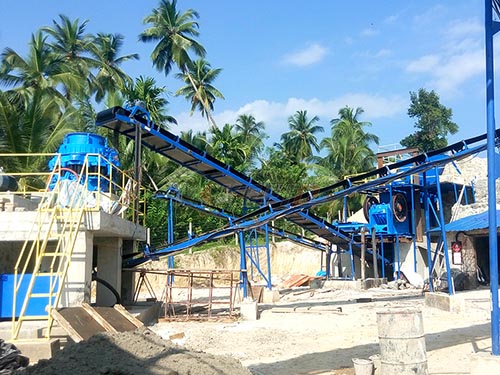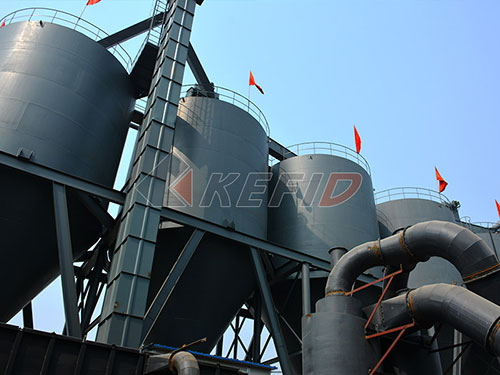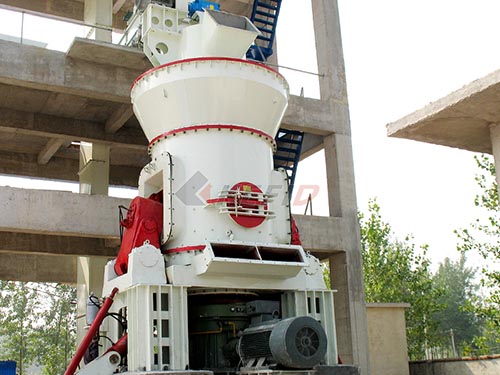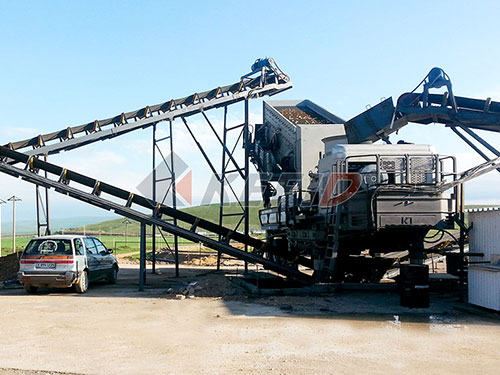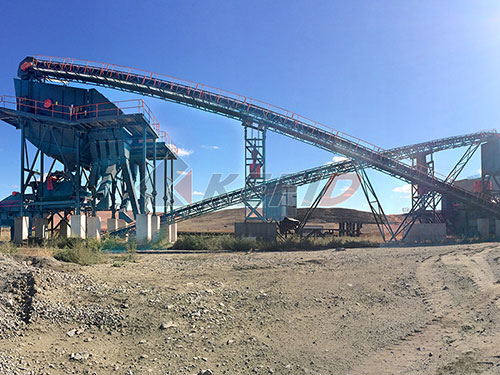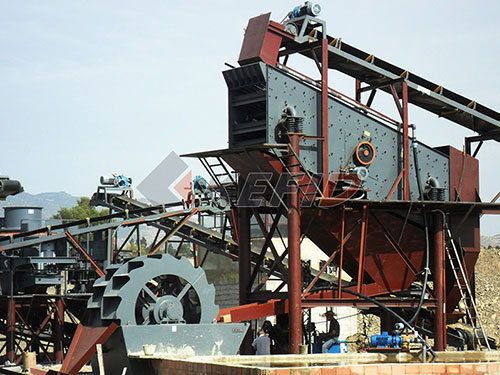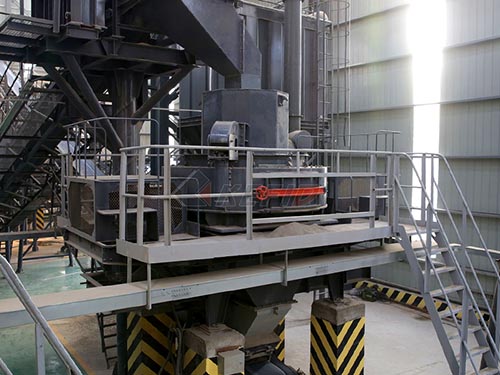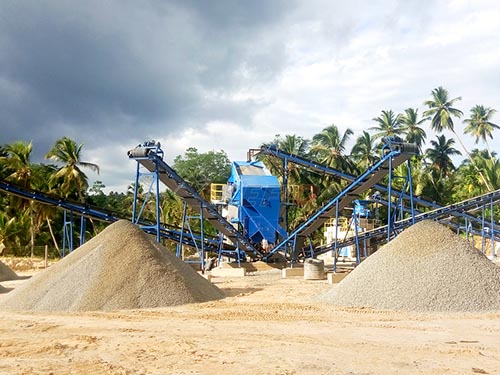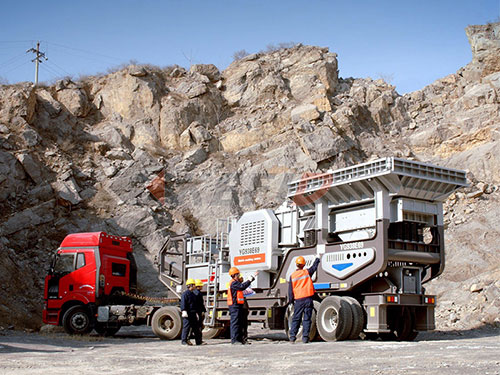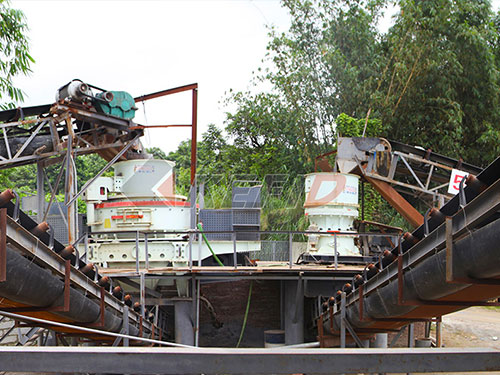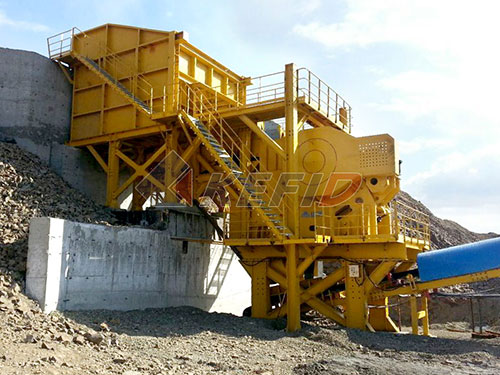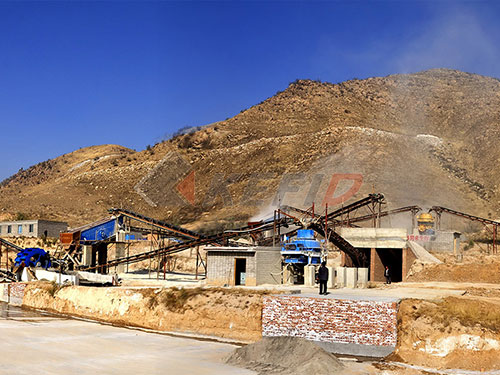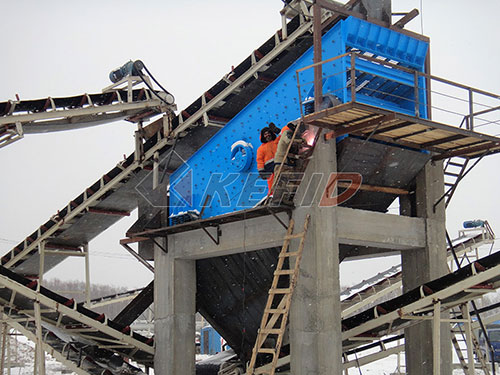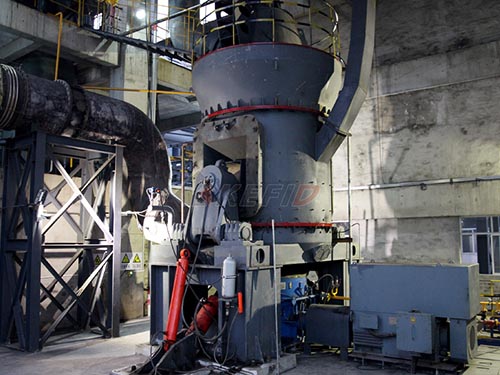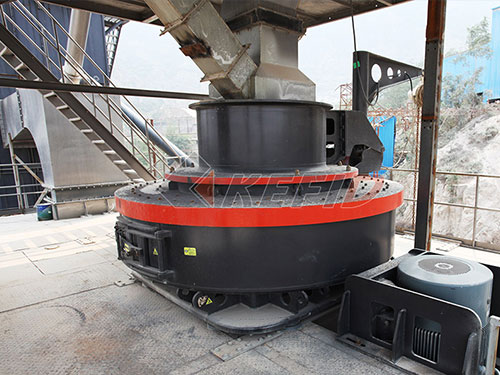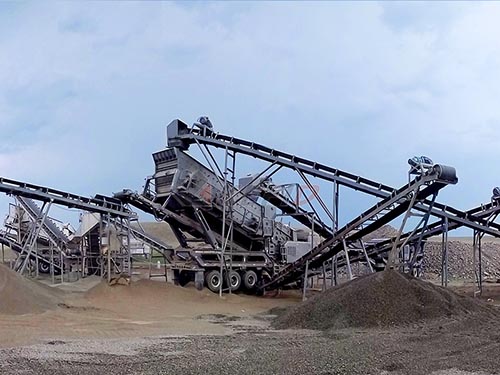
Strategic Imperative: Why Investing in Traylor Cone Crusher Parts is to Mining Success in Vietnam
Vietnam’s economic engine roars forward, fueled significantly by its vast mineral wealth and booming construction sector. From the coal-rich basins of Quang Ninh to the bauxite deposits of the Central Highlands and the relentless demand for aggregates feeding megaprojects like expressways and urban developments, robust crushing operations are not just beneficial – they are fundamental to national progress. At the heart of many high-capacity, hard-rock processing plants stand venerable Traylor cone crushers. Renowned for their brute strength, exceptional durability in severe service applications, and ability to handle large feed sizes reliably under punishing conditions, these machines remain workhorses across Vietnamese mines and quarries.
However, even giants need meticulous care. The harsh operating environments – abrasive ores like granite or basalt, constant dust infiltration demanding frequent greasing cycles under pressure surges during crushing events itself creates immense stress on components especially when dealing with oversized material common during blasting variations compounded by humidity accelerating corrosion especially near coastal sites – inevitably take their toll on critical wear parts like mantles/concaves/bowls liners made from austenitic manganese steel which work harden under impact but require consistent feed distribution preventing uneven wear patterns leading to premature failure , main shafts transmitting tremendous torque requiring precise alignment tolerance checks during assembly preventing eccentric bushing seizure , eccentric bushings facilitating gyratory motion needing optimal lubrication film integrity critical at startup , bronze socket liners acting as plain bearings supporting massive loads demanding clean oil filtration systems often neglected leading to scoring , pinions driving bevel gears meshing precisely under load requiring backlash adjustments within micron specifications often overlooked during maintenance downtime causing catastrophic gear tooth spalling failures resulting weeks long unplanned shutdowns costing millions daily lost production revenue streams evaporating rapidly .
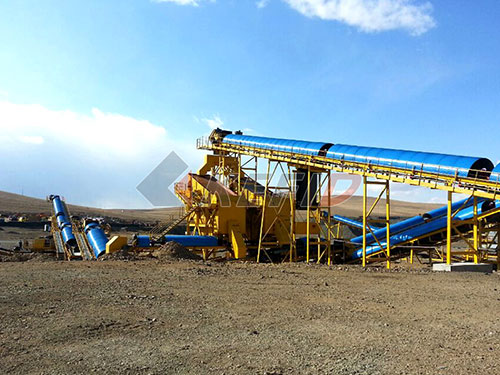
The High Cost of Neglect: Why Genuine Parts Investment Isn’t Optional
Faced with budget pressures or short-term thinking operations managers sometimes consider alternatives:
1. Counterfeit Parts: A rampant issue globally particularly prevalent Southeast Asia markets including Vietnam offering seemingly identical components fraction genuine price tempting cash strapped operators initially . However reality brutal : inferior metallurgy lacking traceability certificates often using recycled scrap steel improper heat treatment cycles resulting inconsistent hardness profiles failing catastrophically within days weeks instead months causing cascading secondary damage surrounding assemblies expensive repair bills dwarfing initial savings alongside severe safety hazards flying metal fragments posing lethal risks personnel nearby .
2. Local Fabrication: While skilled Vietnamese workshops exist


